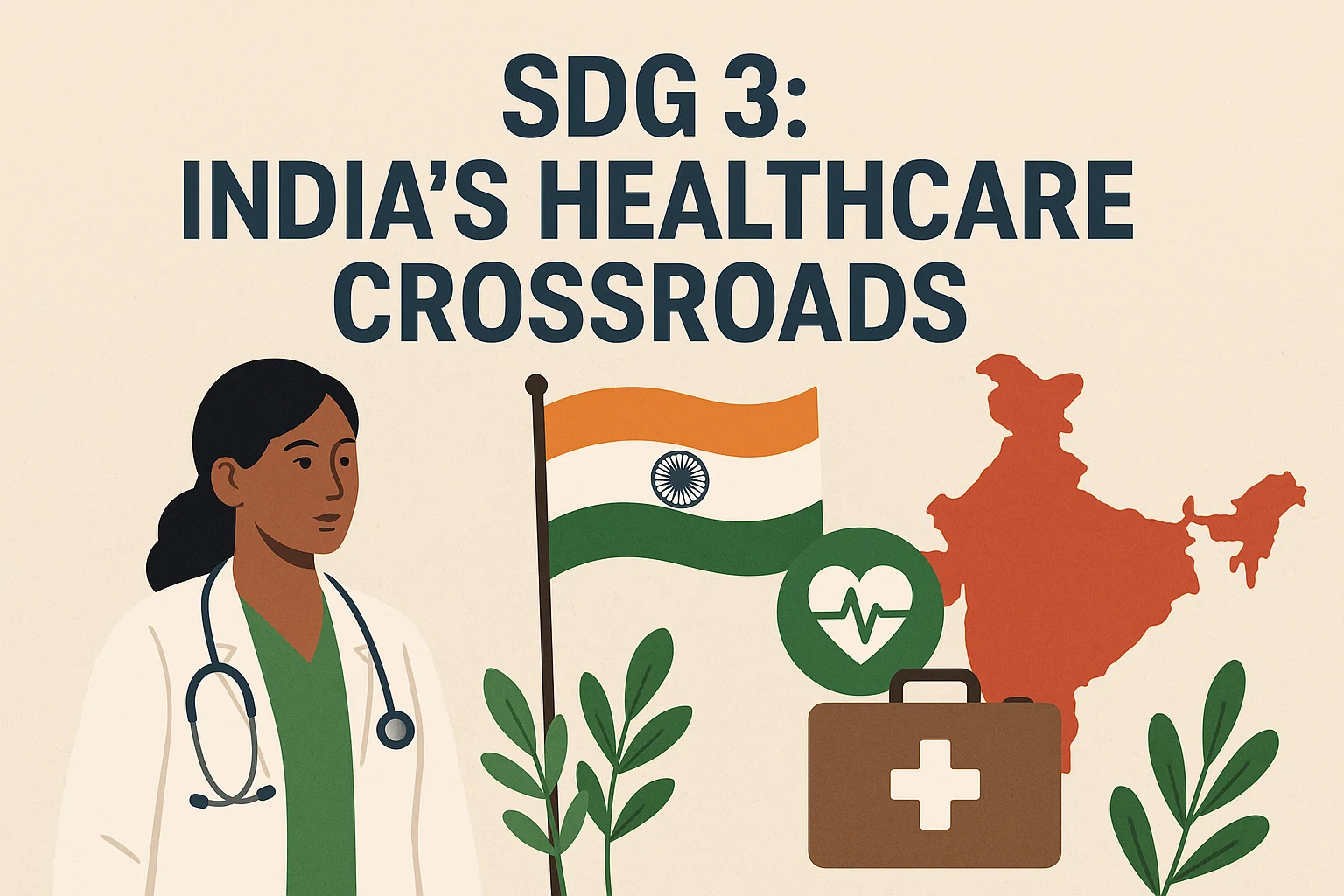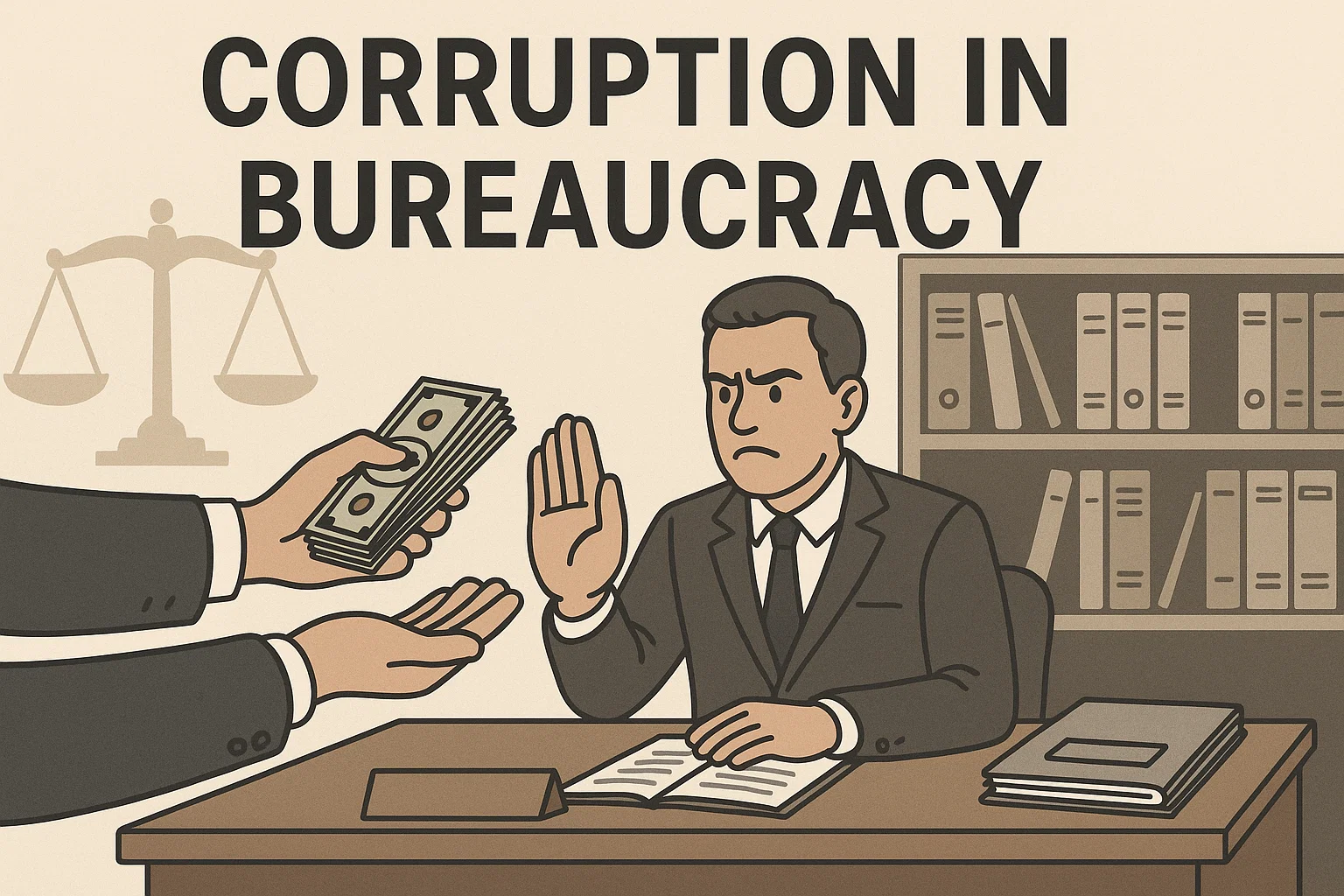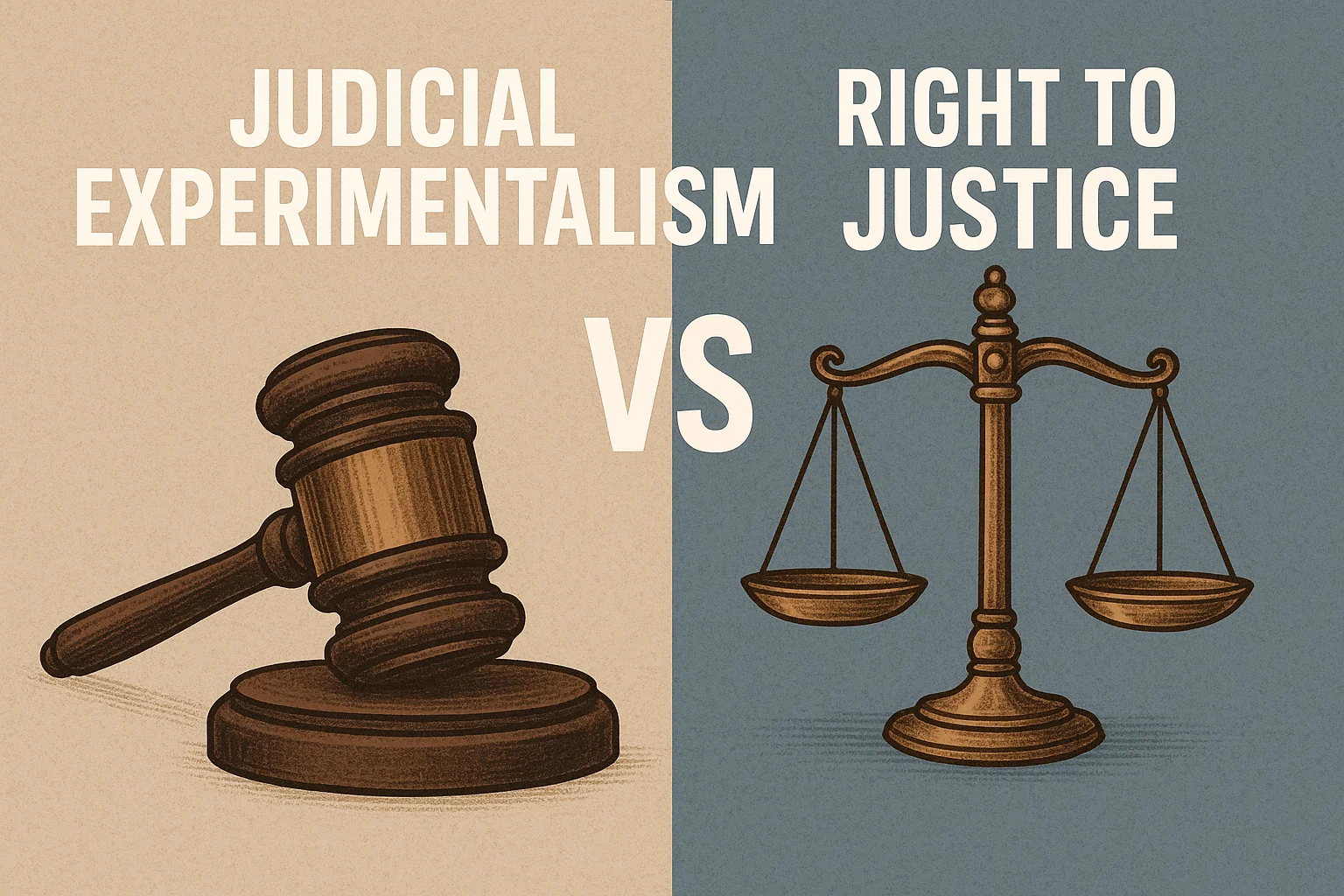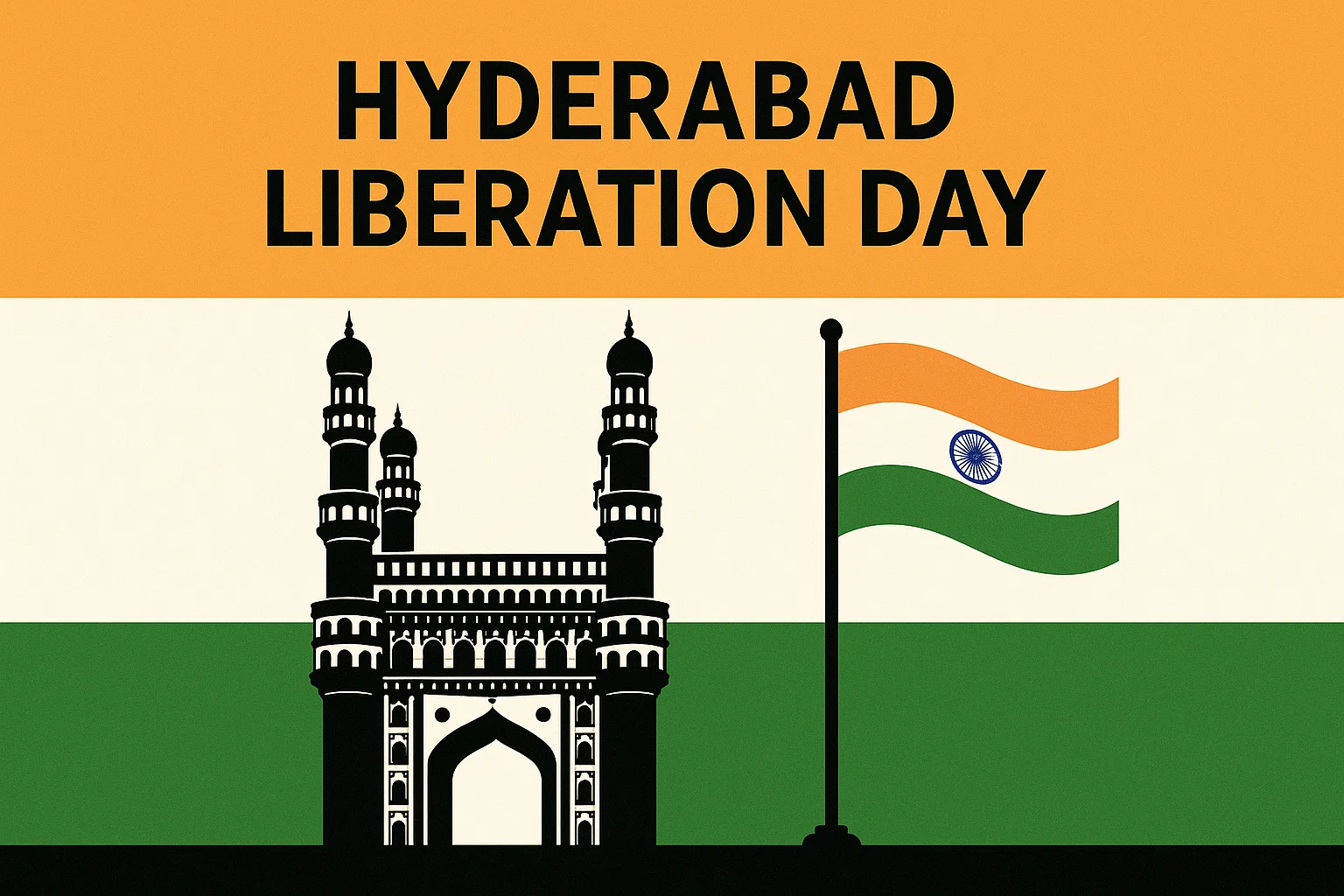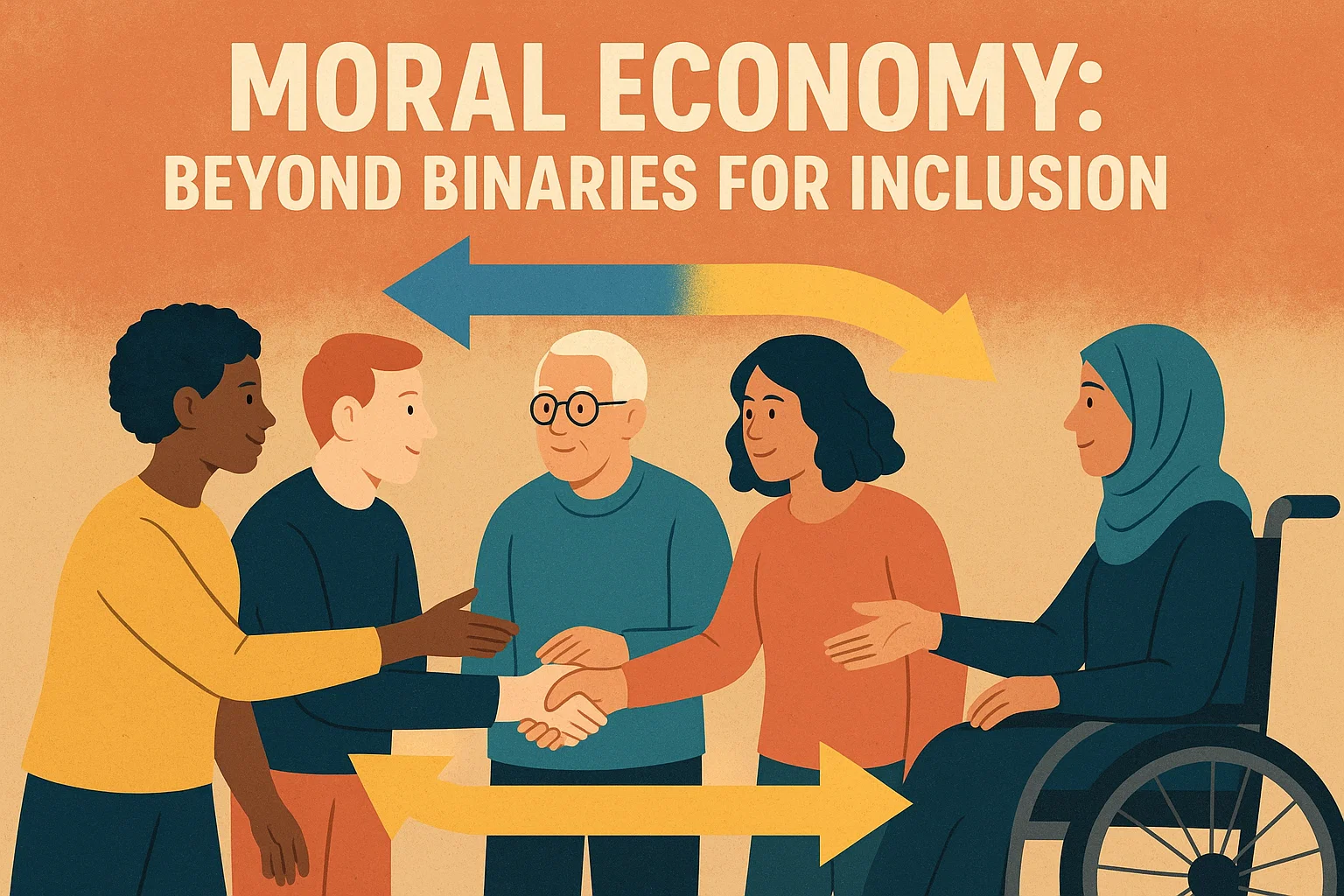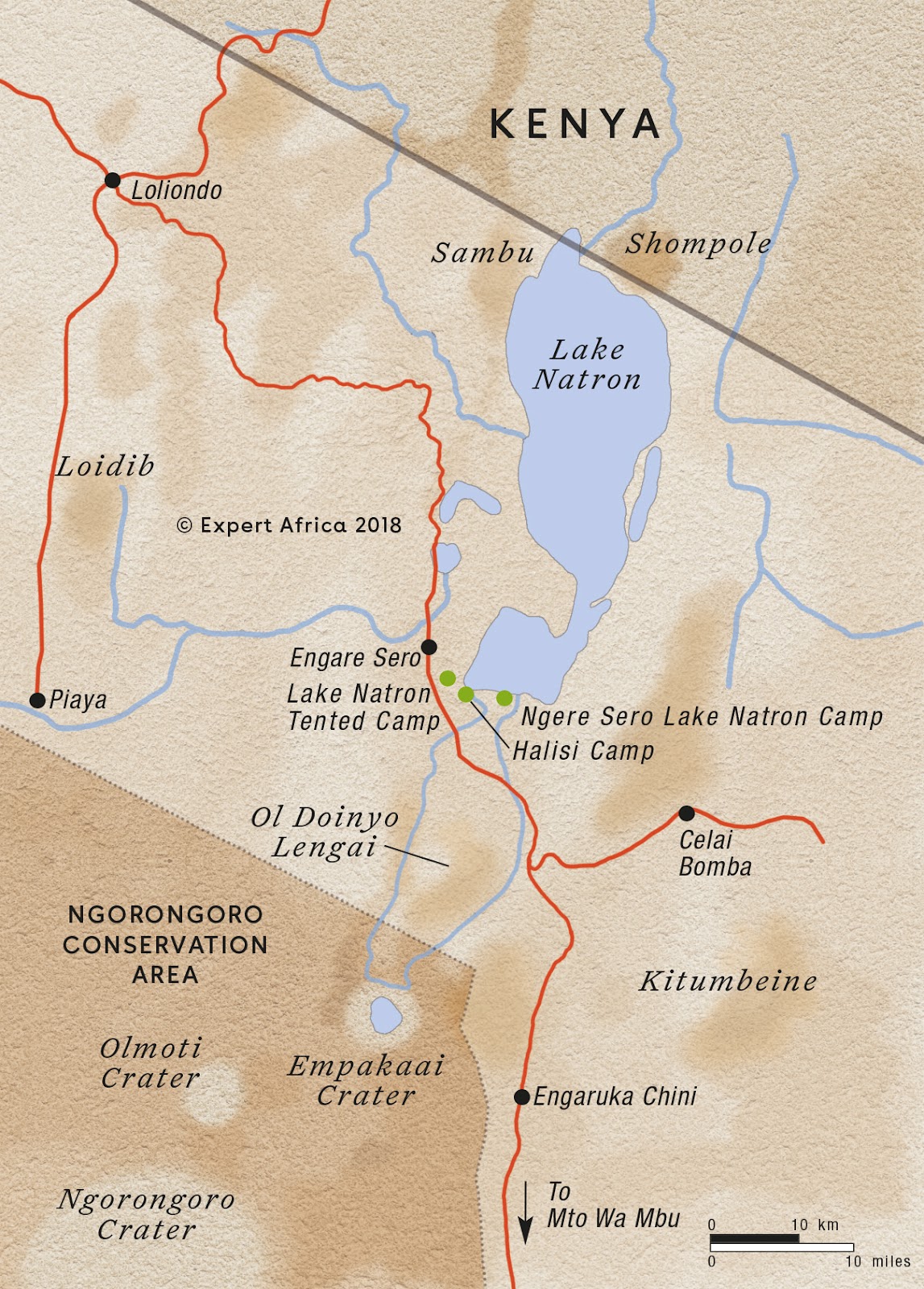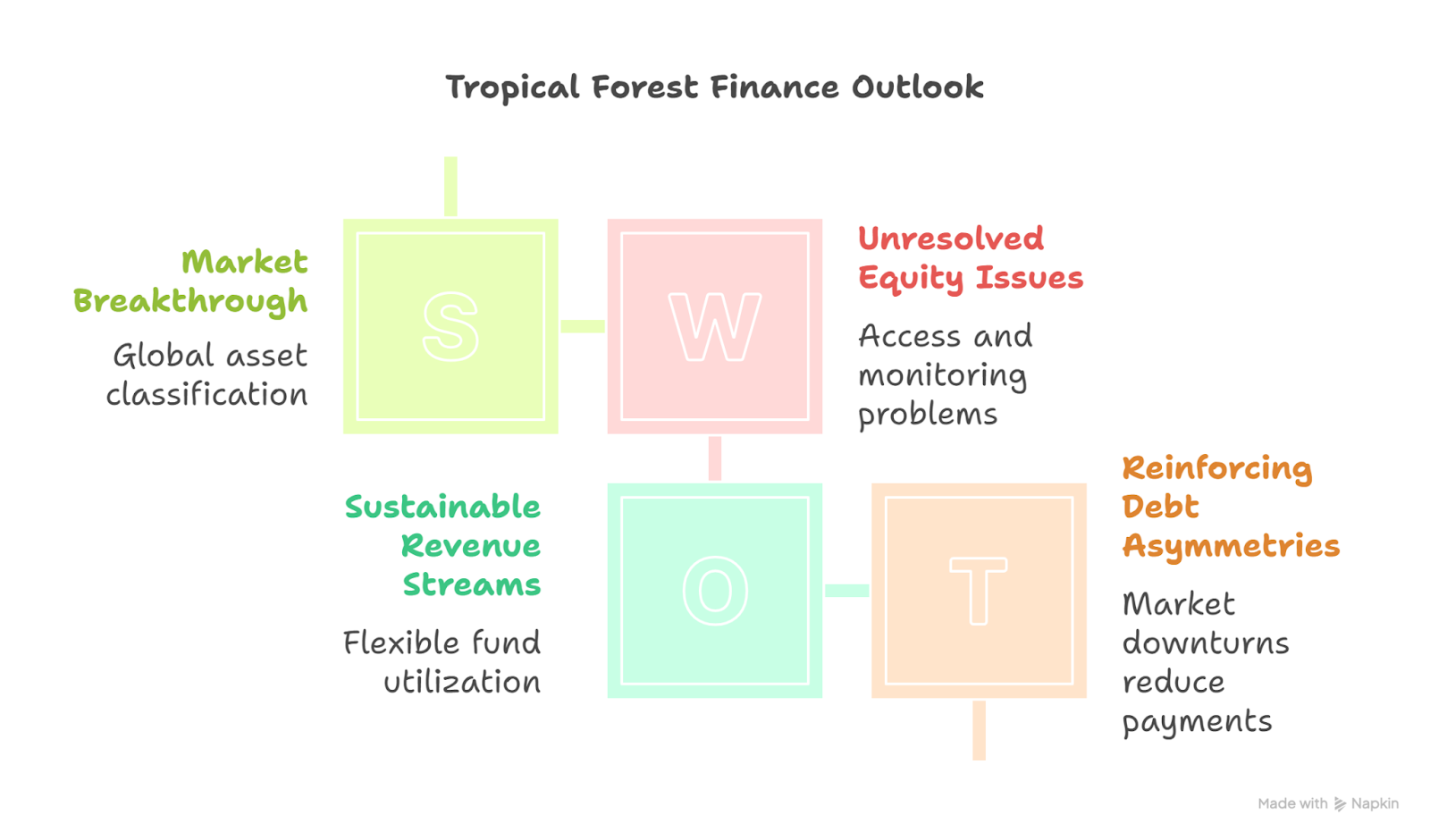India lags on SDG3 despite progress. Explore gaps in maternal and child health, healthcare access, and the three-pillar strategy for universal well-being.
In his article, “India Needs More Focus to Reach SDG 3, a Crucial Goal” (The Hindu, September 19, 2025), Rahul Mehra identifies a paradox within India’s sustainable development journey: whilst the nation’s impressive climb to 99th in the global SDG Index reflects commendable progress, it starkly contrasts with the sluggish and uneven advancement towards SDG 3—ensuring healthy lives and well-being for all. This disparity places India at a critical healthcare crossroads. Therefore, to successfully navigate this pivotal juncture and achieve SDG 3, India must urgently implement a focused, three-pronged strategy that expands universal health coverage, fortifies primary care infrastructure, and institutes a generational shift through mandatory preventive health education. This essay makes the point that achieving this goal is not merely a statistical target; it is a fundamental prerequisite for building a truly developed and prosperous India.
The Sobering Data
A closer examination of the data reveals a concerning gap between current realities and the 2030 targets. Despite progress, the Maternal Mortality Ratio (MMR) stands at 97 per 100,000 live births, a sobering figure far from the target of 70. Similarly, the under-five mortality rate, at 32 per 1,000 live births, lags behind the goal of 25, especially jarring when compared to rates of two to six in developed nations. Life expectancy, though improved, falls short at 70 years against a target of nearly 74. Perhaps one of the most pressing burdens on Indian families is the high rate of out-of-pocket healthcare expenditure, which at 13% of total consumption is almost double the target of 7.83%. This financial strain often forces families into poverty, creating a vicious cycle where ill health begets economic hardship. These figures are not abstract statistics; they represent millions of individual lives and families for whom quality healthcare remains out of reach.

Entrenched Barriers
The reasons for these persistent gaps are multifaceted and deeply entrenched. Firstly, there is a critical lack of access to quality healthcare, particularly in rural and tribal communities. This is often due to poor physical infrastructure—a shortage of clinics, hospitals, and trained medical professionals—compounded by economic barriers that make even basic treatment unaffordable for many. Secondly, non-economic factors play a devastating role. Issues of poor nutrition, inadequate sanitation, and unsafe hygiene practices contribute significantly to the disease burden. Furthermore, cultural practices and deep-rooted social stigma, especially surrounding mental health and reproductive issues, often prevent individuals from seeking the care that is available, rendering services ineffective even when they exist.
A Three-Pillar Blueprint
To bridge this chasm and accelerate progress, India must adopt a robust, three-pronged strategy that addresses both the treatment and, crucially, the prevention of disease. The first pillar must be the realisation of genuine Universal Health Coverage (UHC). As evidenced by World Bank studies, robust insurance systems are instrumental in shielding families from catastrophic health expenditures and ensuring equitable access. This means moving beyond schemes to a system where financial cost is not a deterrent to receiving care.
The second pillar involves revolutionising the country’s primary healthcare infrastructure. The establishment of high-quality, well-staffed Primary Health Centres (PHCs) across the nation, coupled with seamless coordination between primary, secondary, and tertiary care, is non-negotiable. The World Health Organization affirms that strong primary systems enable early disease detection, reduce hospitalisation costs, and improve long-term health outcomes. Integral to this modernisation is the harnessing of digital health tools. Telemedicine can bridge vast geographical distances, bringing specialist consultation to remote villages, while integrated digital health records can ensure continuity of care, improve vaccination tracking, and streamline health management, as successful pilot programmes in other low and middle-income countries have demonstrated.
The Generational Key
However, treatment alone is an unsustainable and costly approach. The third, and arguably most transformative, pillar of this strategy must be a profound investment in prevention through comprehensive health education integrated into the school curriculum. Preventing disease is infinitely more cost-effective than curing it. Educating schoolchildren about healthy nutrition, proper hygiene, sanitation, reproductive health, road safety, and mental well-being has the potential to catalyse a generational shift in public health. The objective is not merely to impart knowledge but to instil healthy behaviours that become lifelong habits. When educated girls become mothers, they are far more likely to advocate for their own health and that of their children, directly contributing to the reduction of MMR and under-five mortality. The long-term benefits are immense: a healthier, more productive population, reduced pressure on the healthcare system, and increased life expectancy.
International precedents offer powerful validation for this approach. Finland’s integration of lessons on nutrition and lifestyle into school curricula in the 1970s is widely credited with a dramatic reduction in cardiovascular disease rates in subsequent decades. Similarly, Japan’s emphasis on compulsory health education is linked to its world-leading hygiene standards and exceptional life expectancy. These examples provide a clear blueprint that India can adapt to its own context, developing a structured and progressive curriculum tailored to its diverse needs.
Conclusion
Ultimately, closing the SDG 3 gap requires a concerted effort that spans from the highest levels of policymaking to individual households. Policymakers have a dual responsibility: to legislate and fund the expansion of universal health coverage and primary care, and to mandate the embedding of rigorous health education into the national school curriculum. Simultaneously, parents and communities have a vital role to play. They must actively engage with their children’s education, advocate for comprehensive health topics in schools, and reinforce these lessons at home.
India’s improved SDG ranking is an encouraging milestone, but as Mehra cautions, it should not obscure the larger truth. With only 17% of global SDG targets on track, the need for urgent, focused action has never been greater. Educating the youth, supported by a stronger, more equitable healthcare system, can form the bedrock of sustainable progress. While the 2030 deadline for the SDGs is an important immediate target, the true vision must extend further. A government that prioritises the health of its citizens, beginning with its youngest minds, is not just working towards a statistic; it is laying the foundation for a Viksit Bharat (Developed India) in 2047—a nation that is not only economically powerful but also healthy, resilient, and thriving.
Subscribe to our Youtube Channel for more Valuable Content – TheStudyias
Download the App to Subscribe to our Courses – Thestudyias
The Source’s Authority and Ownership of the Article is Claimed By THE STUDY IAS BY MANIKANT SINGH
